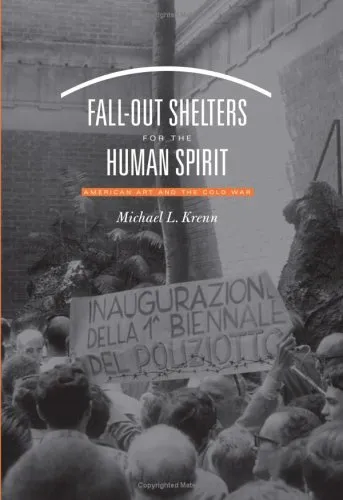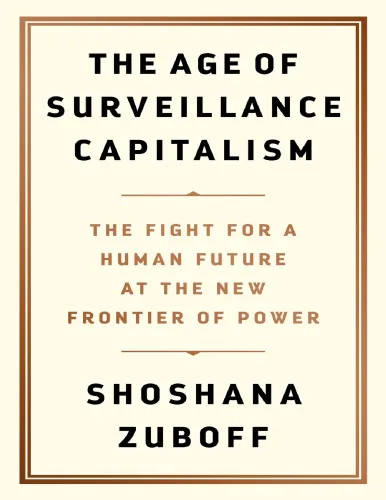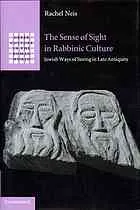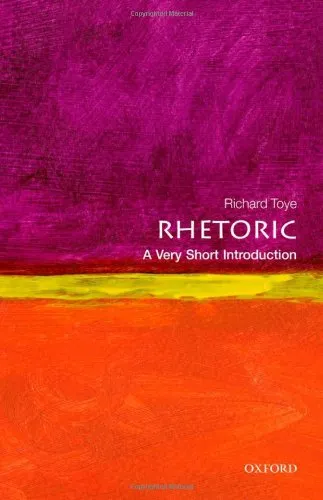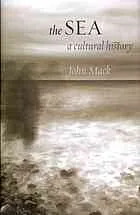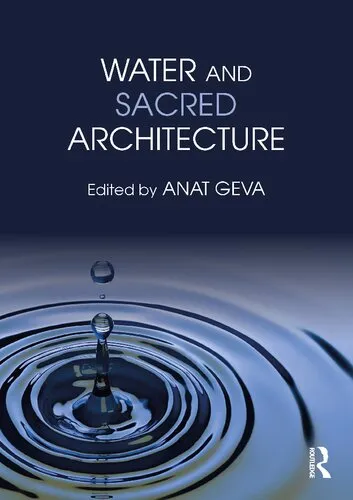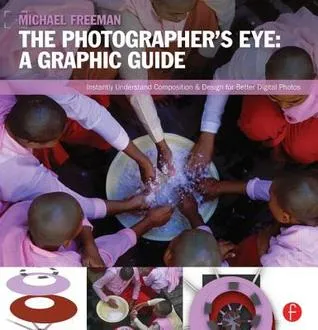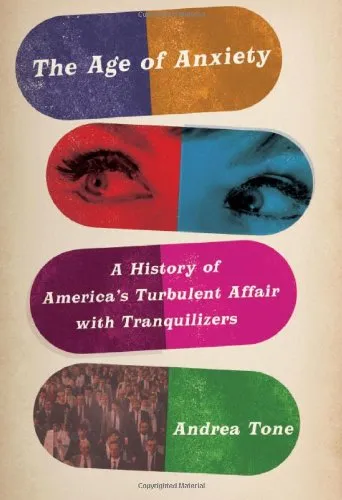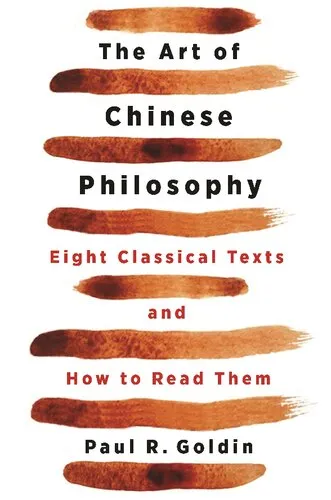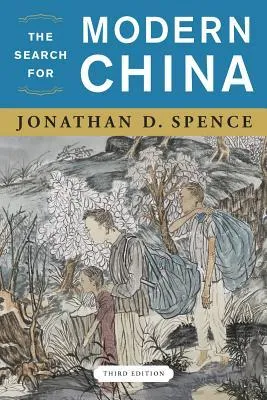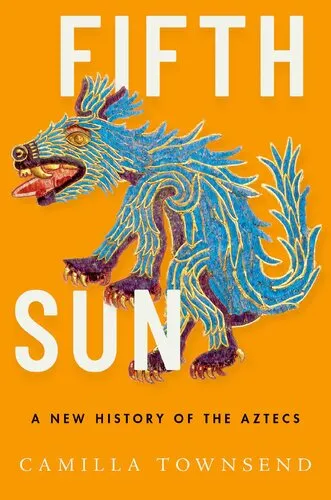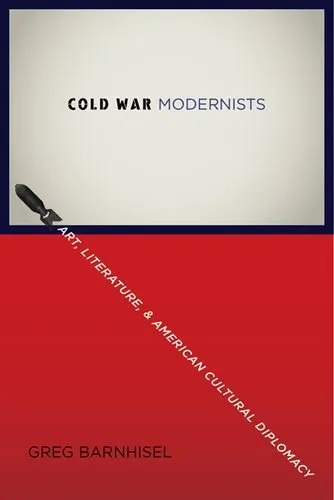Fall-Out Shelters for the Human Spirit: American Art and the Cold War
4.7
Reviews from our users

You Can Ask your questions from this book's AI after Login
Each download or ask from book AI costs 2 points. To earn more free points, please visit the Points Guide Page and complete some valuable actions.Related Refrences:
Introduction to 'Fall-Out Shelters for the Human Spirit: American Art and the Cold War'
'Fall-Out Shelters for the Human Spirit: American Art and the Cold War' by Michael L. Krenn is an intriguing exploration of the dynamic interplay between art and politics during one of the most tumultuous periods in modern history—the Cold War. In this illuminating work, Krenn delves into the impact of Cold War politics on American art and artists, examining the cultural policies and artistic expressions shaped by this era.
Detailed Summary of the Book
This book offers a comprehensive investigation into how the ideological battles of the Cold War were fought on the cultural front, with American art playing a crucial role. Michael L. Krenn meticulously analyzes the manner in which the United States government utilized and at times manipulated cultural outputs to project a calculated image of American democracy and freedom at home and abroad. This provides a broader understanding of how art served both as a tool for propaganda and as an expression of resistance against political pressures.
The narrative is carefully organized to take readers through the different phases of Cold War strategies that affected artists, from government-sponsored art programs to the subtle yet complex censorship mechanisms. Krenn's in-depth research highlights how institutions like the Museum of Modern Art and individuals within the State Department's Cultural Affairs divisions were implicated in these complex dynamics.
Key Takeaways
- The Cold War era saw intense collaboration between the U.S. government and cultural institutions to promote American art as a testament to the superiority of democratic values over Soviet communism.
- Artists were placed in a paradoxical situation where they were both celebrated for their creativity and scrutinized for their ideological compliance.
- The book offers insight into lesser-known government initiatives aimed at exporting American culture, showcasing modern art, jazz, and even abstract expressionism as strategic tools of soft power.
- Despite government intervention, artists found ways to maintain integrity and critique the sociopolitical climate, highlighting the tension between art as expression and art as an instrument of national policy.
Famous Quotes from the Book
"Art in America during the Cold War did not exist in a vacuum but was a dynamic element in a larger ideological battle."
"While the United States endeavored to brand itself as the bastion of freedom, the reality for many artists was far more complex, often filled with contradictions and ethical dilemmas."
Why This Book Matters
'Fall-Out Shelters for the Human Spirit' is more than just a historical account; it is a critical examination of how art and politics intersect. Understanding this relationship is pivotal in comprehending the broader socio-political narrative of the 20th century and the role of culture therein. Krenn's work sheds light on the silent battles that were waged in galleries and studios across America, battles that shaped public perception and cultural memory.
By exploring the cultural Cold War, this book adds a significant layer to our understanding of both American history and art history, challenging us to reflect on the power dynamics that continue to influence cultural production today. Through its incisive analysis, 'Fall-Out Shelters for the Human Spirit' gives voice to the artists and intellectuals who found themselves at the crossroads of patriotism and personal expression, making it a vital read for historians, art lovers, and anyone interested in the complex narratives of the past.
Free Direct Download
You Can Download this book after Login
Accessing books through legal platforms and public libraries not only supports the rights of authors and publishers but also contributes to the sustainability of reading culture. Before downloading, please take a moment to consider these options.
Find this book on other platforms:
WorldCat helps you find books in libraries worldwide.
See ratings, reviews, and discussions on Goodreads.
Find and buy rare or used books on AbeBooks.
1387
بازدید4.7
امتیاز0
نظر98%
رضایتReviews:
4.7
Based on 0 users review
Questions & Answers
Ask questions about this book or help others by answering
No questions yet. Be the first to ask!
